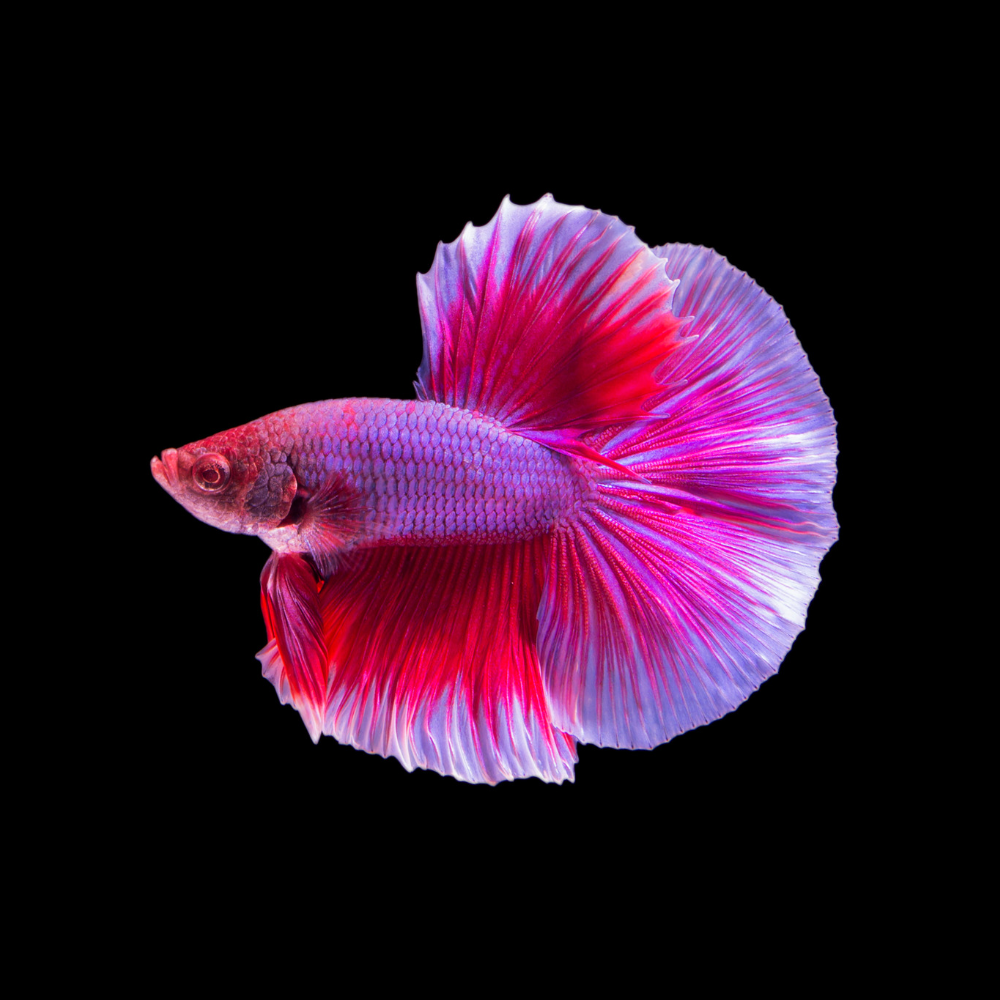Exactly How to Reproduce Betta Fish Effectively: Specialist Methods and Insights for Hobbyists Aiming To Increase Their Betta Collection
Reproducing Betta fish needs a nuanced understanding of genes and ecological conditions, making it important for hobbyists to approach the procedure with both diligence and care. Creating an optimum breeding environment, choosing the appropriate pairs, and observing the ins and outs of their courtship behaviors are fundamental actions that can significantly affect the end result.
Comprehending Betta Fish Genetics
Recognizing the genes of Betta fish is essential for effective reproduction, as it affects attributes such as shade, fin shape, and actions. Betta fish show a varied range of shades and patterns, largely figured out by their hereditary make-up.
Along with coloration, fin morphology is one more significant aspect of Betta genes (betta fish). The shape and size of fins are affected by numerous genetics, consisting of those that determine whether the fins are brief, long, or veil-shaped. Understanding these hereditary variants helps breeders predict the phenotypic end results of their children
Moreover, behavioral traits such as aggression and territoriality can also be affected by genes. These habits play a vital function in the breeding process, as they can influence generating success and the total character of the resulting fry. By adequately recognizing these hereditary principles, breeders can make informed choices, inevitably enhancing their reproduction programs and achieving desirable outcomes.
Preparing the Reproduction Atmosphere
Developing an optimum reproduction atmosphere is crucial for the effective reproduction of Betta fish. The initial step in preparing this environment is to choose an ideal breeding tank, preferably varying from 5 to 10 gallons. This dimension enables sufficient swimming room and the facility of areas. The container must be equipped with a heating unit to maintain a steady temperature level between 78 ° F and 80 ° F, which is important for encouraging generating habits.
Next, take into consideration using a sponge filter or an air stone to offer mild water flow without producing solid currents that can emphasize the fish. It is necessary to set up plants or reproducing cones to supply concealing spots and advertise convenience for the lady during the spawning procedure. Floating plants, such as Java moss or water sprite, can also produce a much more native environment while helping with bubble nest building by the male.
Prior to introducing the reproducing sets, make certain the water is conditioned and complimentary from harmful chemicals, such as chlorine or hefty metals. betta fish. Regular water changes need to be performed to keep ideal water high quality, boosting the chances of effective reproduction. With these preparations in area, the reproducing setting will continue reading this sustain the health and wellness and well-being of both Betta fish
Selecting Reproduction Pairs
Choosing the appropriate reproduction pairs is essential for accomplishing successful Betta fish recreation. Healthy Betta fish exhibit vivid shades, clear eyes, and energetic habits.
Temperament is one more important factor to consider, as Betta fish are understood for their aggressive nature. It is suggested to select a male and lady that show suitable personalities to minimize stress throughout the reproducing process. A tranquil man can motivate a smoother courtship, while a lady that is also aggressive might interfere with the procedure.
Hereditary background also plays a substantial role in the high quality of the children. Breeding fish that are genetically varied can minimize the risk of hereditary health concerns and improve the overall vigor of the fry. It is helpful to research the family tree of both the man and female, concentrating on desirable traits such as fin kind, color patterns, and size.
The Breeding Process
The breeding process of Betta fish requires cautious preparation and attention to information to ensure an effective outcome. It is important to prepare an appropriate reproduction tank, ideally a 5-10 gallon fish tank with a temperature level preserved at 78-80 ° F. The container needs to be outfitted with a heating system, filter (ideally sponge kind to prevent strong currents), and a lot of water plants for the lady to conceal.
When the environment is established, introduce the picked reproducing pair to the storage tank, allowing them to accommodate. Observe their actions; the man will certainly show intricate courtship routines, including flaring his fins and developing a bubble nest. If the female reveals passion, she will certainly show upright stripes showing readiness for spawning.
When the woman is receptive, both will certainly take part in a mating accept, throughout which the male feeds the eggs. It is vital to monitor their communications closely, as the male may end up being hostile. After spawning, get rid of the female to avoid potential damage. The male will have a tendency to the eggs, which generally hatch out within 24-36 hours. Maintaining ideal water problems during this duration is important for the advancement of healthy Betta fry. find more info
Caring for Betta Fry

Feeding Betta fry is critical, as they need a diet high in healthy protein. They can be fed infusoria or fluid fry food, transitioning to finely smashed high-grade pellets as they grow. Feed small sections several times a day to motivate healthy growth without overwhelming the container with leftover food.

As they mature, monitor their growth carefully and separate any type of hostile individuals to avoid damage. By giving a supporting environment and correct nourishment, hobbyists can effectively elevate Betta fry right into vibrant, healthy and these details balanced fish, eventually boosting their reproduction endeavors.
Conclusion
Effective Betta fish breeding needs meticulous attention to genetic choice, environmental problems, and care for the fry. By comprehending the genes of Betta fish and preparing a suitable breeding atmosphere, enthusiasts can improve the opportunities of creating dynamic, healthy offspring.